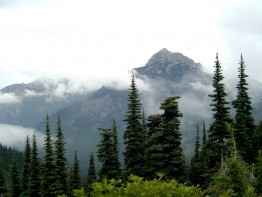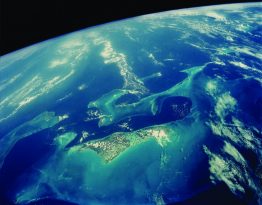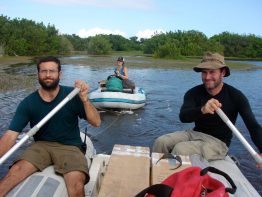Tens of thousands of people will pass through the new University of Washington light rail station that opened in mid-March. While most riders will focus on their destination, they may also learn something as they pass through the station. “Subterranium,” by UW alumnus Leo Saul Berk, lines the walls with 6,000 unique backlit panels inspired by the geology of the site that was excavated to create the station.
Read more at UW Today »Arboretum trail project underway to expand public access
Construction started this month on the Washington Park Arboretum‘s new Arboretum Loop Trail, one of the largest improvement projects to date in the Seattle public garden.
Read more at UW Today »UW Environment’s Abigail Swann and Alex Gagnon receive NSF Early Career Award
Abigail Swann, assistant professor in the Department of Atmospheric Sciences and Department of Biology and Alex Gagnon, assistant professor with the School of Oceanography, each recently received an Early Faculty Development (CAREER) Program Award from the National Science Foundation. Swann works to understand when, where, and how plants influence the climate, and will receive support for her project titled “Ecosystem-driven Accelerations and Oscillations in the Coupled Earth System.”
Read more »Aquatic methane, lingcod teeth, and more
Each week we share the latest peer-reviewed publications coming from the College of the Environment. Over the past week, nine new articles co-authored by members of the College were added to the Web of Science database. They include articles about aquatic methane, lingcod, and more. Read on!
Read more »Galapagos lakes reveal tropical Pacific climate since Biblical times
University of Washington oceanographers used clues from the Galapagos Islands — a dot in the middle of the Pacific Ocean — to trace El Niño patterns and seasonal tropical rains over the past 2,000 years. Evidence shows shifts that last for centuries, suggesting these tropical climate patterns have varied more radically and for longer durations than previously believed. The study is published the week of March 14 in the Proceedings of the National Academy of Sciences.
Read more at UW Today »





